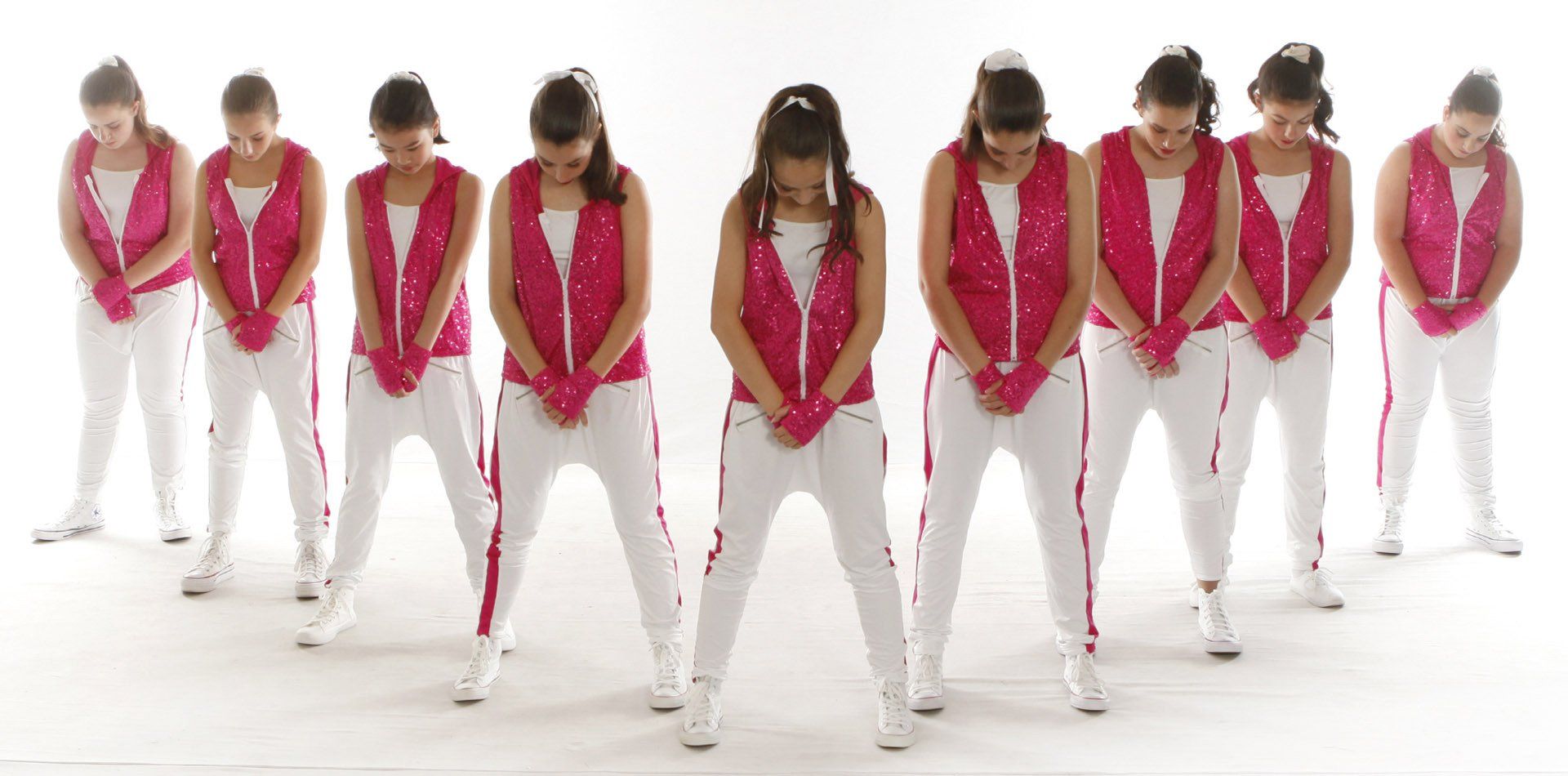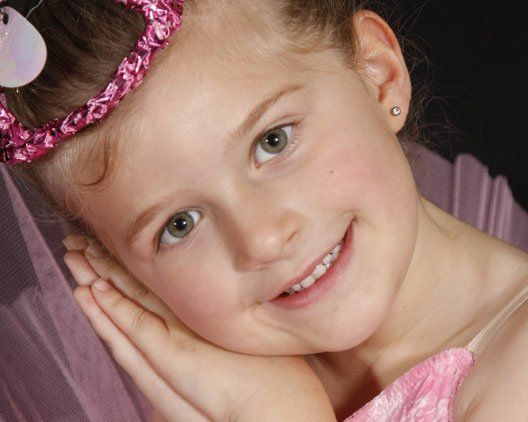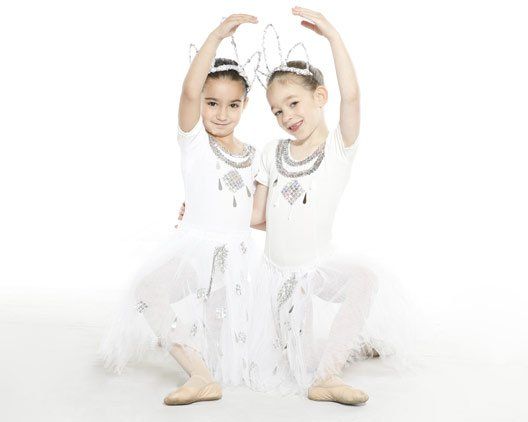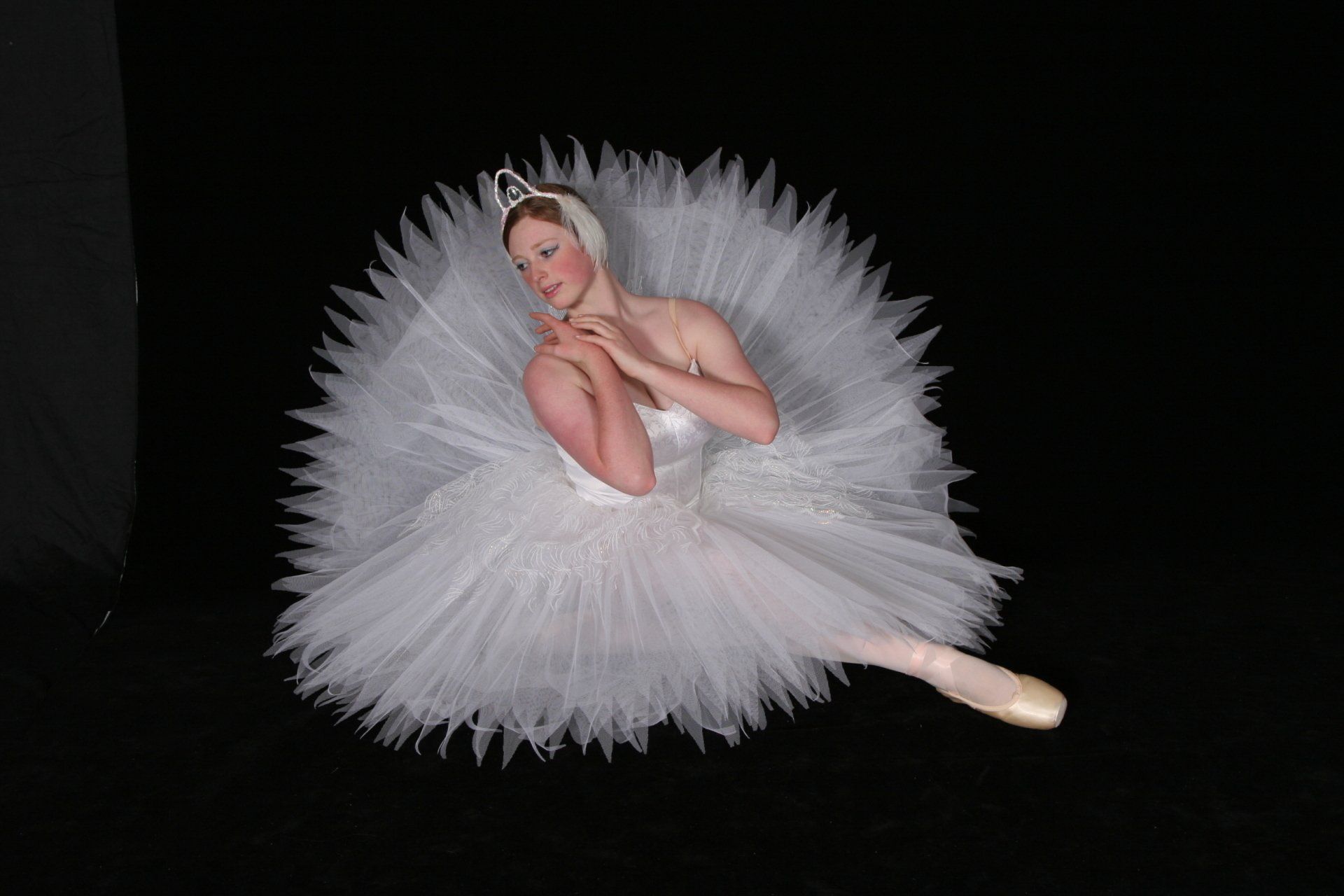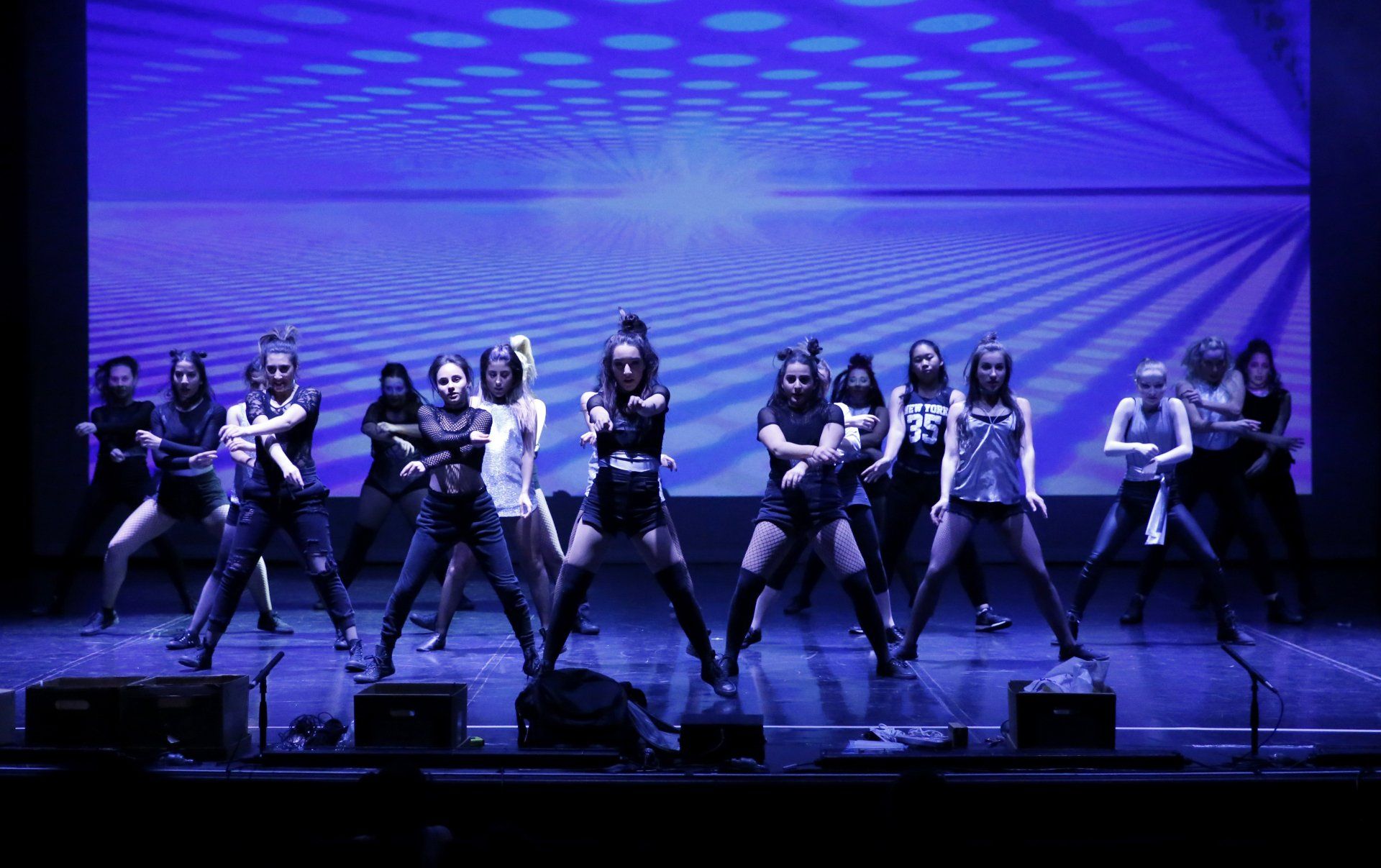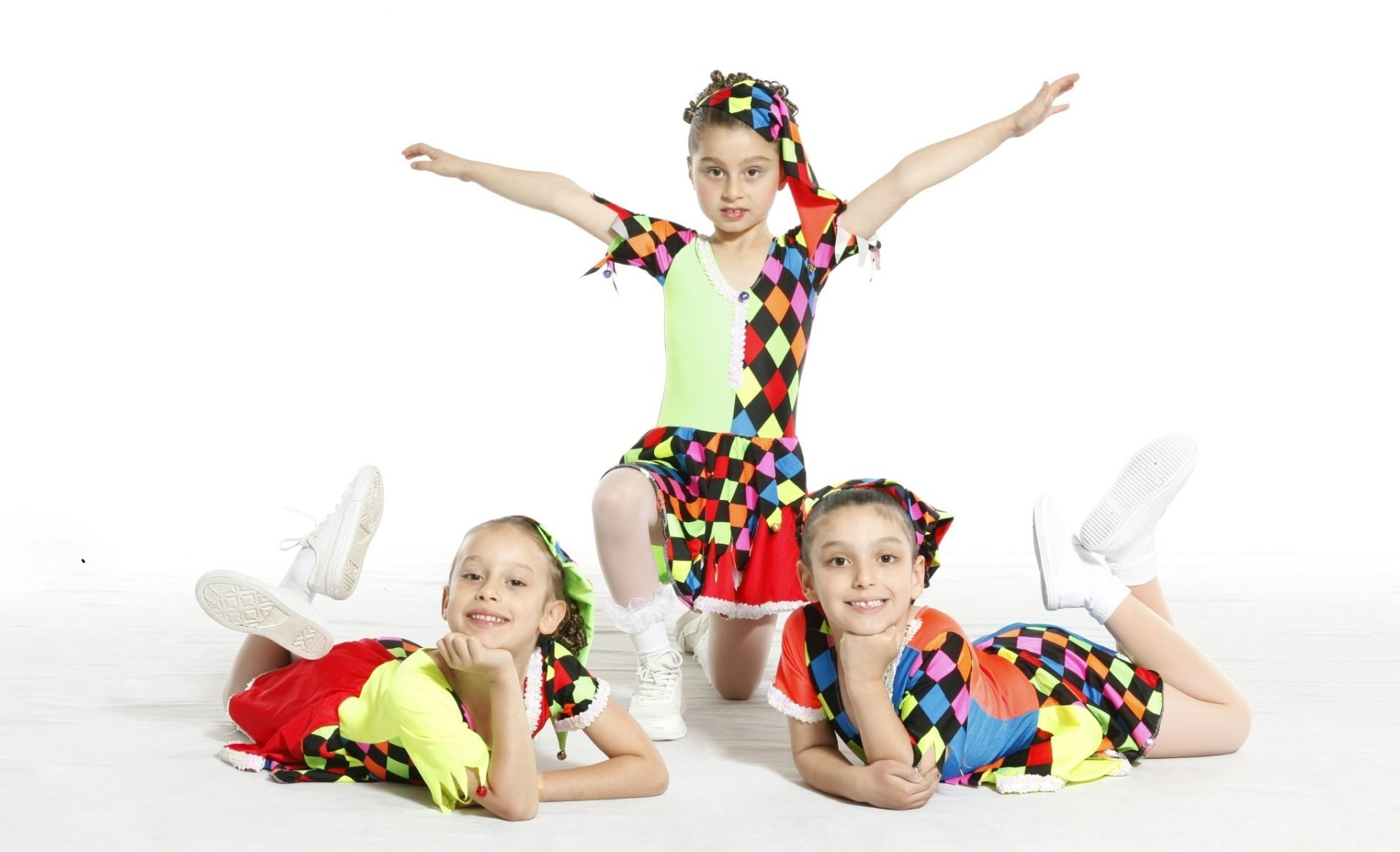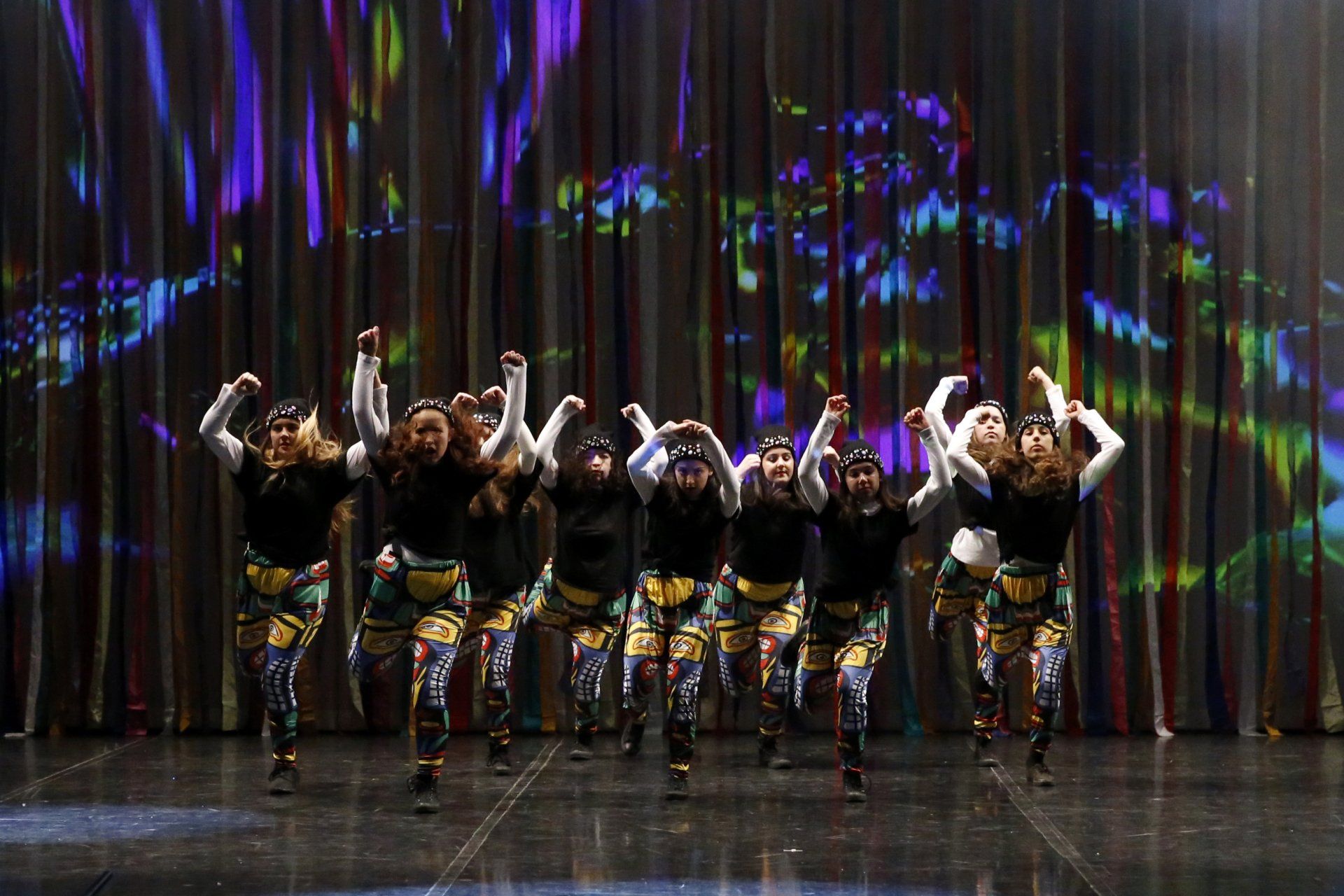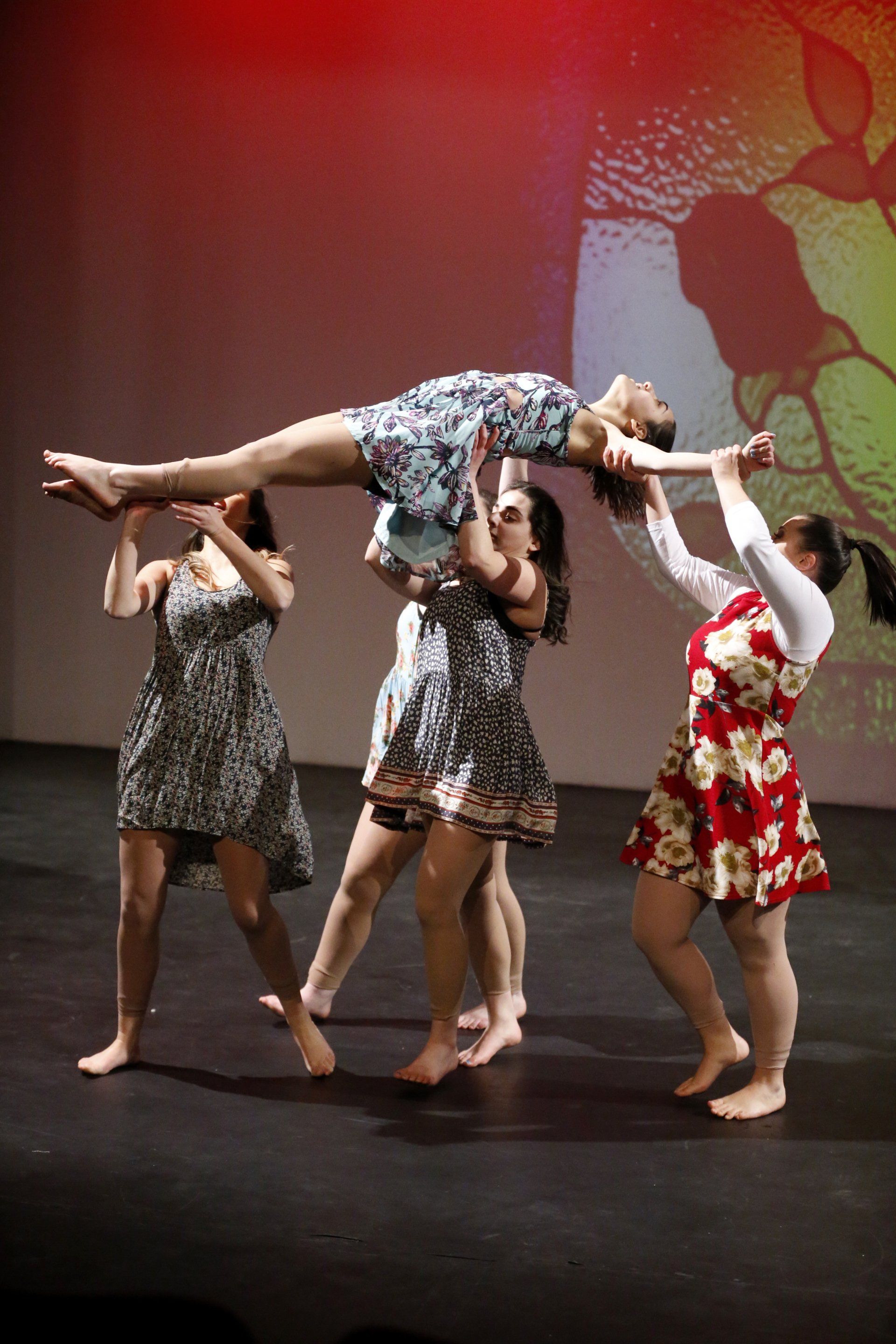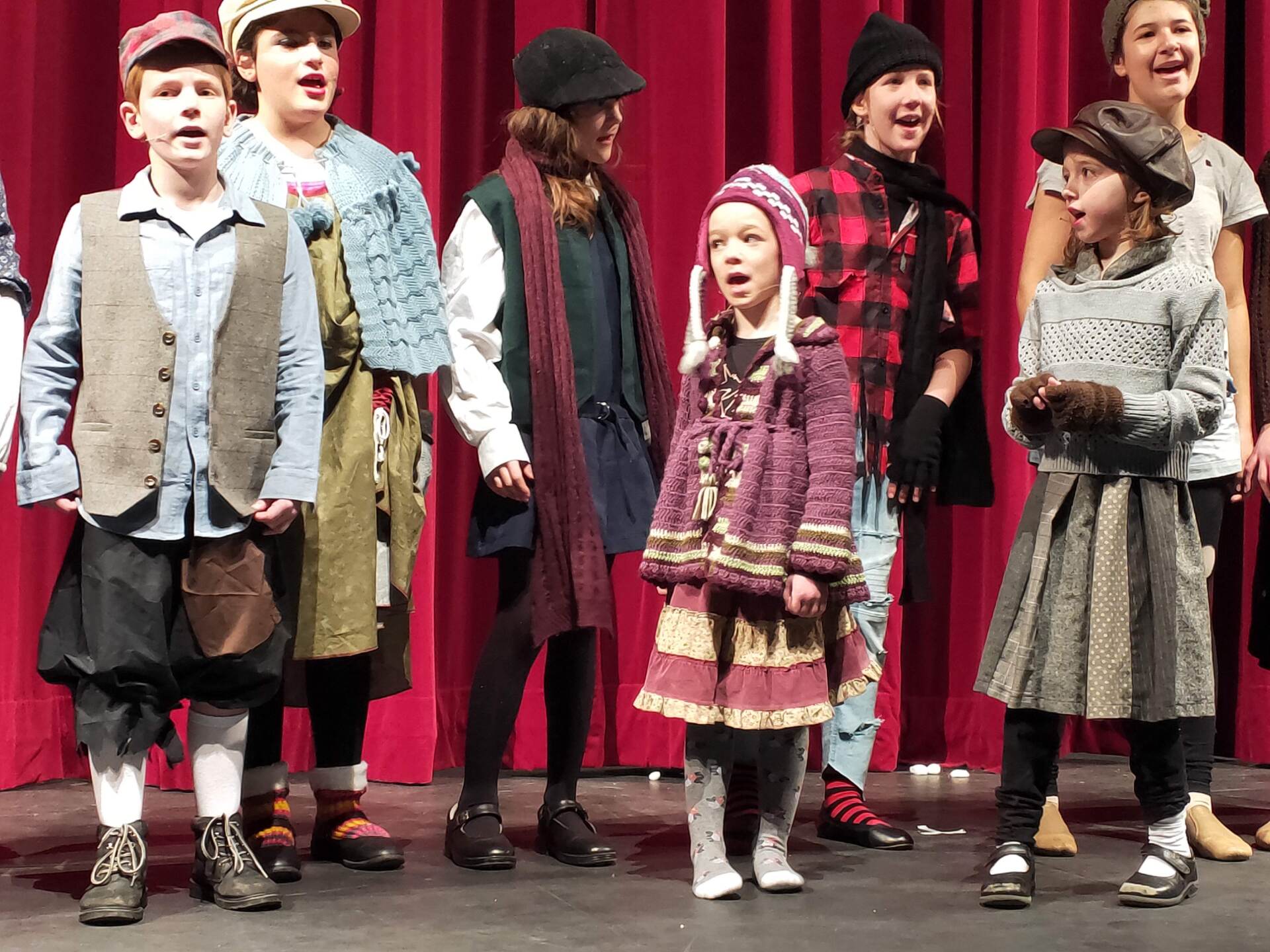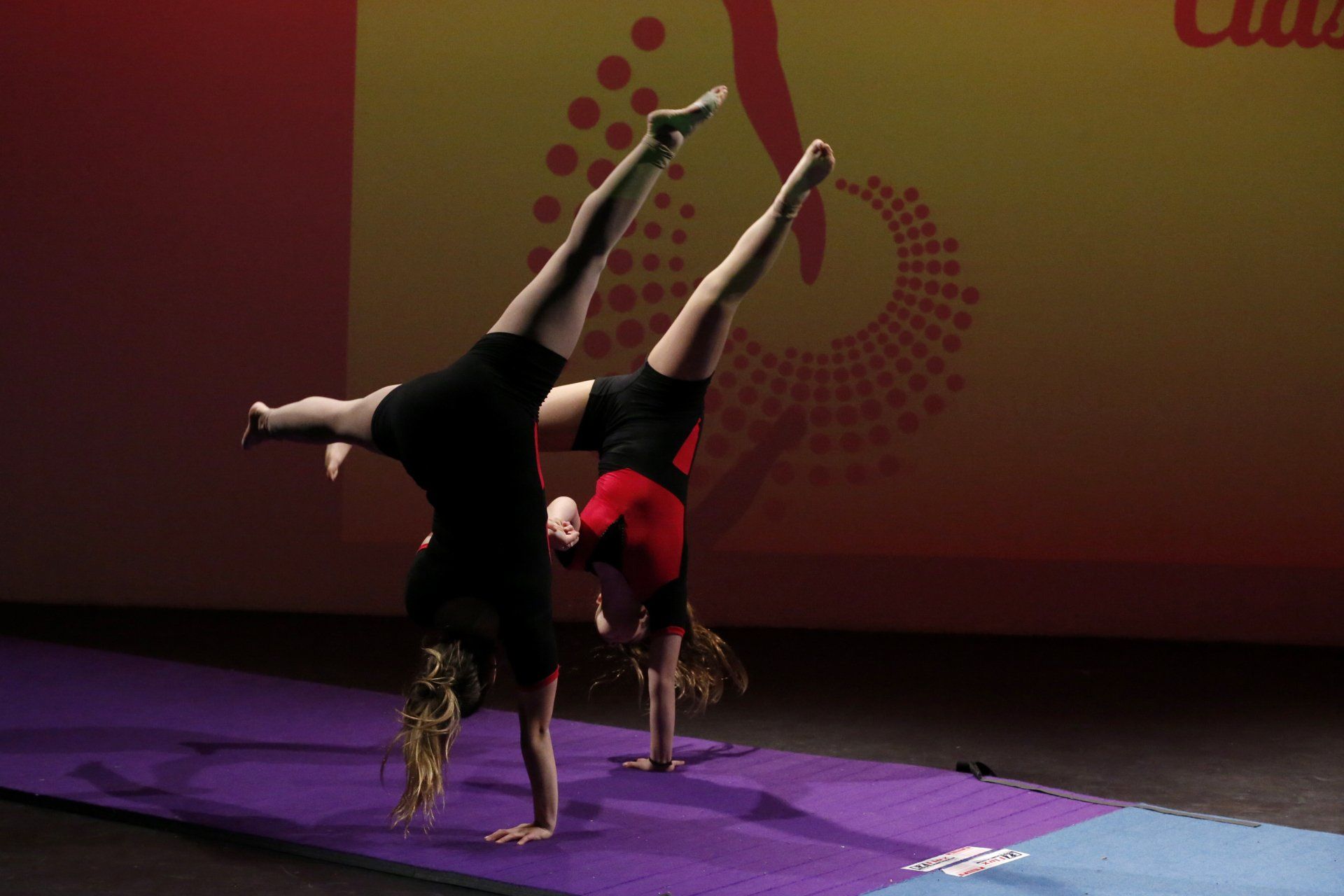A Full-Range of Quality Dance Classes in Victoria
Nurturing Talent & Inspiring Confidence
Join one of Melbourne’s most prestigious dance academies offering a range of styles from contemporary to hip hop. At Riga Victoria Dance Academy, we aim to provide a safe, nurturing, wholesome and age-appropriate dance curriculum with our current classes and styles listed as below:
Classes
Enrico Cecchetti Method of CLASSICAL BALLET (C.B.A.)
This world-renowned method of classical ballet was founded by the distinguished teacher, dancer and ballet master Enrico Cecchetti (1850 - 1928). The Cecchetti method of teaching classical ballet includes a very full vocabulary of movement and exercises composed by Cecchetti himself for the development of strength, balance, poise and elevation. One of the foremost features of the Cecchetti method is the very sound basis of anatomical detail. Combined with a close association with the professional dance world, this enables the Cecchetti dancer to adapt easily to other forms of dance.
Expressiveness is the keynote of every art form, and can only be applied to dancing after careful study of a sequence of movements. The Cecchetti syllabus is designed to make the body into a sensitive instrument and to encourage expressiveness through the whole body with careful regard to the laws of anatomy, thus preparing dancers' bodies for the strains and stress of performance. The timeless Cecchetti principles of grace, balance and line form the basis of a sound training syllabus that has been developed to meet the needs of today's student - teaching co-ordination, poise, confidence, rhythmical sense and musicality.
The fully qualified, carefully trained and registered teachers of the Cecchetti Society are committed to providing a stable and secure foundation for each student's training - whether for purely recreational enjoyment or as the beginnings of a career in dance. The Cecchetti teacher training courses prepare them to teach with a safe and secure technical base, sound knowledge of anatomy and basic physical faults, good teaching practices and the historical background of the art of classical ballet.
Cecchetti trained dancers have achieved great success throughout the world. They are generally well regarded for their purity of line and for their ability to adapt easily to other forms of dance.
There are various Cecchetti Schools throughout Australia, that offer the Cecchetti Syllabus. Teachers that are qualified under the Cecchetti Method here in Australia will have the letters (C.I.C.B which stands for: Cecchetti International Classical Ballet). There would also be either one of the below levels listed that the teacher has attained with Fellowship being the most honoured, qualified and highest level of the Cecchetti training system.
Cecchetti teachers must train through a rigorous system of examinations for professional teaching qualifications.
Cecchetti Ballet Australia is a Registered Training Organisation with five levels with Accredited and Non-Accredited paths:
1. ASSOCIATE
2. ASSOCIATE DIPLOMA / CUA40313 Certificate IV in dance teaching & management
3. LICENTIATE
3. LICENTIATE DIPLOMA
5. FELLOWSHIP
These qualifications are attained over a minimum of eight years and include knowledge and development of Cecchetti classical ballet techniques and principles throughout all levels of the syllabi. Study in teaching methodology, child development, anatomy and injury prevention, musical appreciation, history of dance, health and safety and business studies is required to attain these qualifications. Teachers are required to attend professional development courses to keep abreast of the techniques and be a wealth of information to pass onto their students.
Pre Primary/ Primary Ballet and Dance (for ages 4 to 6)
Students learn to do everything with a little more care, and just as much enjoyment. Class commences after the warm up with placed centre exercises to gain equilibrium. Gentle introduction of 'turnout' and use of arms are encouraged. Students are taught to stand tall as a beginning to good posture. Basic theory content is included.
Grade 1 to 2 Classical Ballet (for ages from 7yrs)
Students participate in a 45-minute class each week Classes will focus on teaching the fundamentals of dance, developing spatial awareness and introducing more challenging ballet movements. Students begin understand the relationship between music and dance. Ballet grooming is important for students to be able to move as a ballet dancer. The importance of structure and progressive syllabi builds confidence. Theory component is added. Extra care is taken to help them to develop a sense of awareness and performance by the flow and combination of steps.
Grade 3 to 6 Classical Ballet (for ages from 9 yrs)
An accomplishment in these levels is grasping the French terminology of exercises.A strong firm stance is required with a gaining of control of the abdominal muscles. Concentration and self- discipline is also beginning to develop. Barre work helps to learn control of the shoulders and placement of legs and feet. Students need to master all the skills required for each level before attempting exams (optional) or progressing to the next level. Grooming by this stage should be immaculate as it is imperative for corrections and within keeping of the traditions of classical dance.
Majors Ballet (Intermediate & Above)
In these levels students begin to work through the class like a professional dancer. Besides mastering the set exercises, students need to have a sound ability in theory and a sense of performance, technical ability, be proficient in unseen exercises and demonstrate the work with confidence and knowledge within her or his physical capacity. The methodology is more challenging. Impeccable grooming is now mastered. All students must have a strong posture, with articulate feet and legs, beautifully extended arms and most important a presentation of exercises without strain or tension. Performance quality and artistry is really important at this level.
Jazz Classes (for all ages from 5 to adults)
These classes incorporate funk, jazz, and current moves as performed in video music clips. Students are encouraged to take a technical class of another style (Classical or Contemporary) in conjunction with a Jazz class in order to have a basic understanding, co-ordination and correct execution of movement.
Jazz dance enhances flexibility with a strong emphasis on free range of movements Finesse your kicks, turns and jumps, plus discover new moves and increase your fitness. Classes include a warm up, progressive steps, technique and a choreographed routine.
Hippity Hop (Introductory class of Jazz and Hip Hop (5 yrs to 7yrs)
Hippity Hop Jazz is a fun and energetic class for little beginners. These classes combine the basics of jazz dance with the style and attitude of hip hop. This is a great place to start learning co-ordination rhythm and musicality.
Hip Hop (Street Dance)
Hip Hop was introduced into the Academy 2009. Hip-hop dance refers to street dance styles that evolved as part of hip-hop culture. A hip hop class commences in the preparatory levels to teach young children the basics of Hip Hop in a fun learning environment with the “TiddlySteps Dance Program” Hippity Hop class, right up to Advanced levels to challenge dancers in 'street dance'. Classes can include, popping, locking and floor work.
Hip Hop began around the 1970s and made popular by dance crews in the United States. Many TV dance shows showcased this dance style in its early stages; therefore, giving hip-hop mainstream exposure. The dance industry responded with a commercial, studio-based version of hip-hop, which is now seen in dance studios around the world. Classically trained dancers developed these studio styles in order to choreograph from the hip-hop dances that were performed on the street. Because of this development, hip-hop dance is practiced in both dance studios and outdoor spaces.
Contemporary Dance
Contemporary dance is an expressive style of dance that utilizes unconventional movements from styles around the world. It is a mixture of certain elements of classical ballet, modern dance, lyrical & jazz styles. Abandoning the rigid, centered aspect of classical forms of dance, it draws from an earthy relaxed style with individuality and freedom of movement as given by the teacher of the class. Grounded and syncopated, contemporary varies from static to continuous and flowing movements. Focusing on unexpected movements and self-expression, while simultaneously maintaining a strong emphasis on technique It encourages internal awareness and spatial orientation and requires a slow and adequate educational process of coordination, body, and skills. Performed in bare feet, it is a class for students in Grade 3 dance levels and above.
Musical Theatre
Musical Theatre is a popular class that involves a combination of dialogue, acting, singing dancing. drama, voice projection and stage craft. Students are also encouraged to develop their own ideas, choreography and imagination. Drama, mime and acting abilities are sharpened. This class allows for students to become a well-rounded performer by learning adjunct skills to improve their overall performance and style. In order for students to progress in their technique, it is also important that dance is taken in another genre as support to singing and pure acting. Students wishing to take this class must also be attending a technical class of a dance style. Class is available from primary to senior levels.
Acro Class
A fun and challenging class Acro combines dance techniques with acrobatics moves. Classes are structured to enhance strength, balance and agility through a series of exercises using mats. Students will learn a foundation of splits, back walkovers, round offs and handstands; to hand springs, cartwheels, forward rolls, tucks and flips. Being able to add excitement to free dance routines, Acro broadens the students’ capabilities.
Tap Class
From the early days, where names such as Fred Astaire, Ginger Rogers and Gene Kelly bring to mind the flamboyant tap sequences. Today there is such an interest in Tap with shows such as Stomp, Dynamite Man, 42nd Street, etc. Tap dance is a form of dance characterized by using the sounds of tap shoes striking the floor as a form of percussion. Two major variations on tap dance exist: rhythm (jazz) tap and Broadway tap. Broadway tap focuses on dance; it is widely performed in musical theatre.

